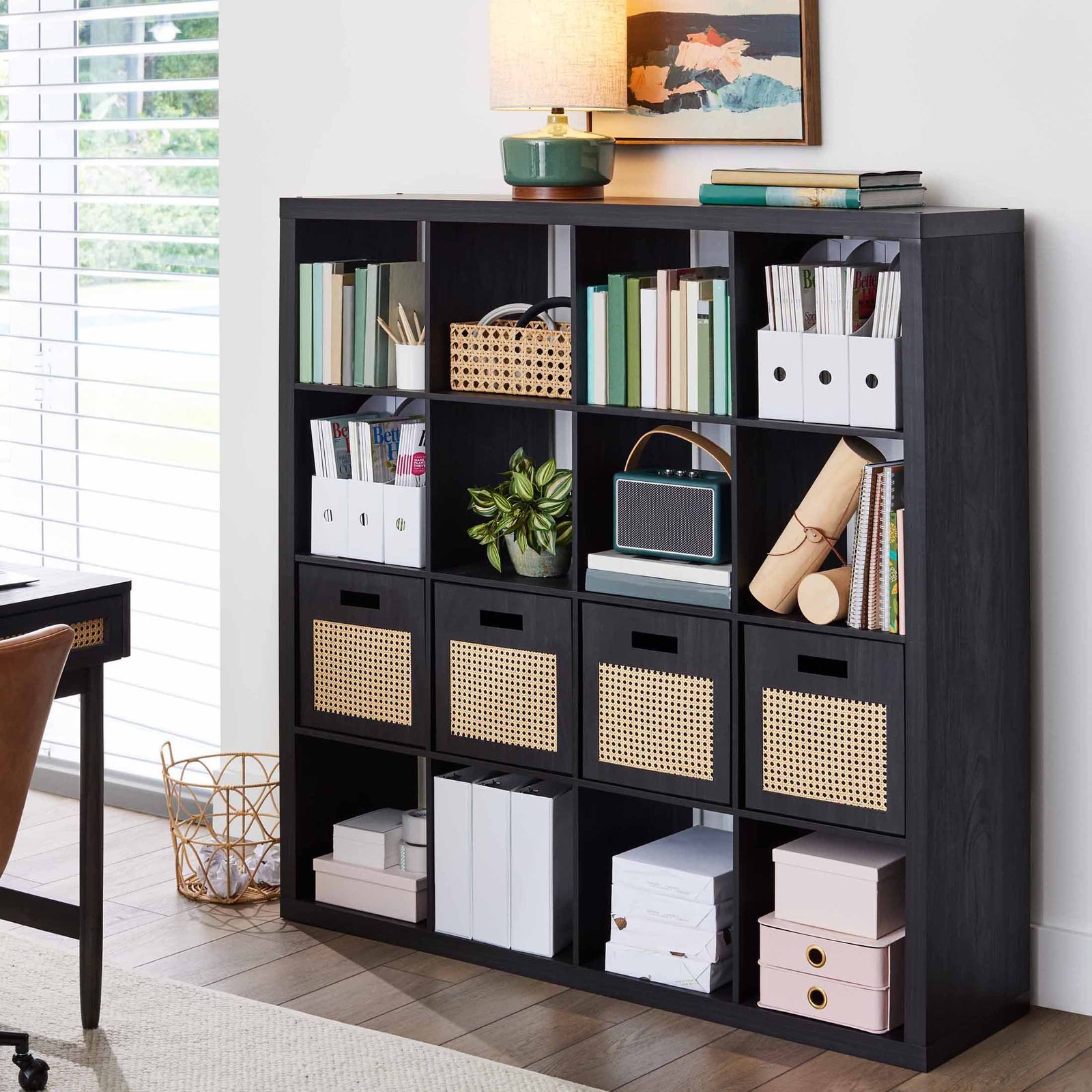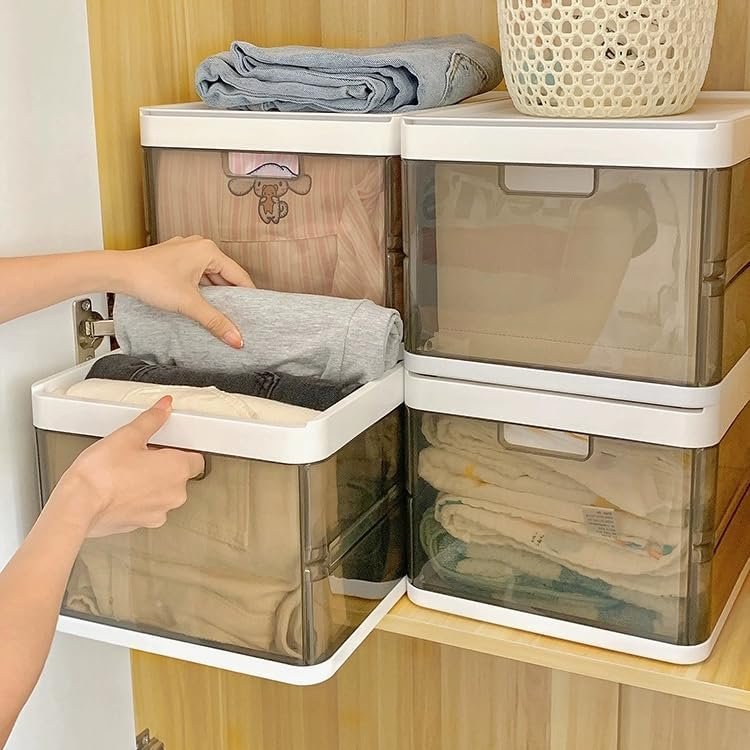Do you ever worry about the safety of your food storage containers? Especially when it comes to ensuring your food stays fresh and uncontaminated. Using the wrong plastic containers can pose serious health risks. Knowing what is safe and what is hazardous is critical to safety.Which plastic containers are safe for food storage?
The right plastic containers for food storage are those made from food-grade materials like polyethylene, polypropylene, and polycarbonate. These plastics are designed to withstand temperature changes, resist stains, and prevent leaching of harmful chemicals. By choosing the correct containers, you can ensure your food remains safe and fresh.
The type of plastic used in the manufacture of a container is crucial to its suitability for storing food. Not all plastics are created equal; some are specifically designed to be food safe, while others are not.

Key Characteristics of Food-Safe Plastics
Non-Toxic Materials: Food-safe plastics do not contain harmful chemicals like BPA or phthalates. These chemicals can leach into your food and pose health risks.
Heat Resistance: Containers that can withstand high temperatures without melting or releasing toxins are ideal for reheating food in the microwave.
Stain and Odor Resistance: High-quality food-grade plastics resist stains and odors, ensuring your containers stay clean and fresh after repeated use.
Durability: Food-safe plastics are durable and long-lasting, preventing cracks and breakage that could lead to contamination.

Which Plastic Containers Are Safe for Food Storage?
Several types of plastics are commonly used in food storage containers. Each type has its own set of characteristics that make it suitable for storing different kinds of food.
1. Polyethylene Terephthalate (PET or PETE)
PET is a clear, strong, and lightweight plastic commonly used for packaging beverages and condiments. It is safe for single-use applications but should not be reused multiple times as it can degrade and release chemicals.
2. High-Density Polyethylene (HDPE)
HDPE is a versatile plastic known for its strength and resistance to impact. It is widely used for milk jugs, detergent bottles, and some food containers. HDPE is considered food-safe and can be reused multiple times.
3. Polyvinyl Chloride (PVC)
PVC is used in food wraps and containers. While it is durable and flexible, it often contains plasticizers and stabilizers that can leach harmful chemicals into food. It is best to avoid PVC for food storage.

4. Low-Density Polyethylene (LDPE)
LDPE is used for bread bags, frozen food bags, and some squeezable bottles. It is safe for food contact but is less rigid than HDPE, making it less suitable for long-term storage of certain foods.
5. Polypropylene (PP)
PP is a durable plastic used in yogurt containers, straws, and other food packaging. It is highly resistant to heat and is considered one of the safest plastics for food storage.
6. Polystyrene (PS)
PS is used for disposable coffee cups, plastic food boxes, and cutlery. However, it can leach styrene, a possible carcinogen, especially when heated. It is best to avoid PS for food storage.
7. Polycarbonate (PC)
PC is a strong, clear plastic used in reusable water bottles and food storage containers. While durable, it often contains BPA, a chemical linked to various health issues. Opt for BPA-free versions if you choose polycarbonate containers.

Identifying Food-Safe Plastics
Most plastic containers come with a resin identification code, a number that indicates the type of plastic. Here’s a reference to those codes and what they mean for food safety:
1 (PET or PETE): Safe for single use; avoid reusing.
2 (HDPE): Safe and reusable.
3 (PVC): Avoid for food storage.
4 (LDPE): Safe for food contact but less durable.
5 (PP): Safe and highly heat-resistant.
6 (PS): Avoid for food storage.
7 (Other, including PC): Use caution; choose BPA-free options.

Tips for Using Plastic Containers Safely
Avoid Heating Food in Plastic: Even food-safe plastics can degrade over time with repeated heating. Transfer food to glass or ceramic containers before microwaving.
Check for Damage: Discard containers that are cracked, warped, or discolored, as these can harbor bacteria and release chemicals.
Clean Thoroughly: Wash containers with mild detergent and warm water. Avoid harsh chemicals that can degrade the plastic.
Store Properly: Keep plastic containers in a cool, dry place to prevent them from becoming brittle and prone to damage.
Conclusion
Choosing the right plastic containers to store food is essential to keeping your food healthy and safe. By understanding the different types of plastics and their safety, you can find the right safe storage containers to store food when you need it, keeping your food fresh and healthy.




